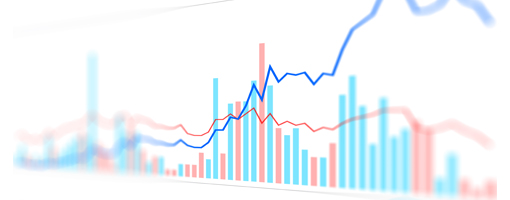The Pensioner Household Cost Index, which is currently being developed by the Office for National Statistics (ONS) could offer a “potential solution” to the ‘mismatch’ in retirement income and price inflation, according to the Pensions Policy Institute (PPI).
In a Briefing Note on how cost-of-living increases affect pensioners, the PPI noted that while the latest predicted increase in living costs of 4.9 per cent was higher than the average increased of 4.5 per cent facing pensioners in 2022/23, future increases could result in pensioners experiencing a higher increase than the rest of the population.
It added that, in any event, pensioner income was unlikely to rise in line with a 4.5 per cent increase in living costs, which excludes rises to energy prices that are going to be introduced in April 2022.
The state pension is set to rise by 3.1 per cent in April after the government suspended the triple lock to not include average earnings growth for one year.
The PPI stated that the ONS is working on Household Cost Index’s that, once they are constructed, could provide an easier way of ensuring that pensioner income rises in line with costs of living by linking state and private pension payments to a minimum of the new index while allowing for higher increased in the case of, for example, the state pension triple lock.
It added that this move would at least ensure that pensioners do not experience drops in standards of living as they age or as household makeup changes.
Commenting, PPI head of policy research, Daniela Silcock, said: “Cost of living rises are difficult for everyone, especially those with low incomes and low levels of savings to fall back on.
“Pensioners can be hit hard by cost increases in areas on which they spend more, such as housing, fuel, and energy. This is why recent increases which have affected energy costs particularly, and upcoming rises to energy caps, could result in many pensioners struggling to meet daily needs.
“The problem is compounded when pensioner income increases by less than the rise in the cost of living. While state pension and pension credit usually increase by earnings or above, in 2022/23 they are rising by the Consumer Price Index (3.1 per cent), which is lower than the annual cost-of-living increase in January 2022 as measured by the Consumer Price Index + Housing of 4.9 per cent.
“Pensioner income from earnings and private pensions may increase by a range of measures, including some price indices, but income from many annuities and from earnings is likely to remain level.
“This mismatch between income and price inflation can reduce pensioner standards of living, resulting in significant deprivation for those without extra savings or assets.
“One potential solution is to consider linking rises to pension income and pensioner benefits to ONS’s Pensioner Household Cost Index, currently under development, which measures how costs rise for pensioner households based on their average expenditure.
“In the meantime, the government might wish to consider other, more immediate, measures for ensuring that rapid cost-of-living increases don’t lead to serious deprivation for some pensioner households.”
Latest News
-
Skanska Pension Fund completes £525m full buy-in with Standard Life
-
Dashboards rollout set to expose pensions admin weak spots
-
Govt 'committed' to retirement security despite rejecting pension tax lock calls
-
Peel Ports pension scheme secures safe harbour with £230m buy-in
-
Broader DB funding improvements mask deepening divide between charities' schemes
-
Aegon LifePath to expand into private markets from 2026
Private markets – a growing presence within UK DC
Laura Blows discusses the role of private market investment within DC schemes with Aviva Director of Investments, Maiyuresh Rajah
The DB pension landscape
Pensions Age speaks to BlackRock managing director and head of its DB relationship management team, Andrew Reid, about the DB pensions landscape
Podcast: From pension pot to flexible income for life

Podcast: Who matters most in pensions?

In the latest Pensions Age podcast, Francesca Fabrizi speaks to Capita Pension Solutions global practice leader & chief revenue officer, Stuart Heatley, about who matters most in pensions and how to best meet their needs
© 2019 Perspective Publishing Privacy & Cookies










Recent Stories